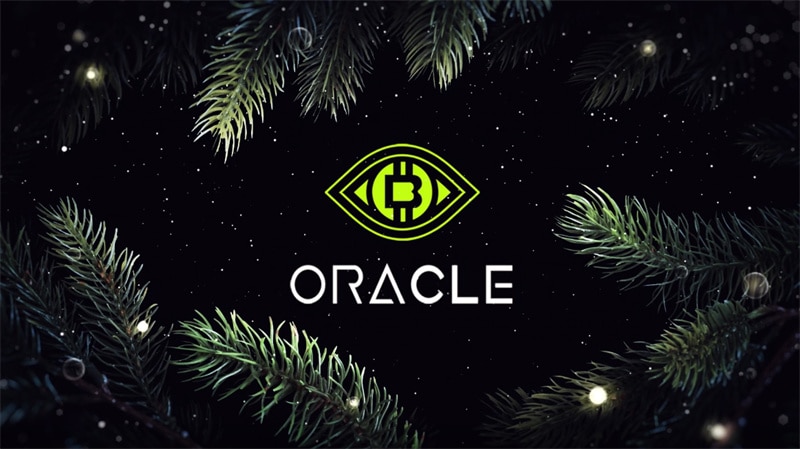In the rapidly expanding realm of decentralized finance (DeFi), Tellor (TRB) has established itself as a leading oracle solution, enabling the seamless flow of reliable and precise data to smart contracts operating on the blockchain.
What distinguishes Tellor from its counterparts is its remarkable consensus mechanism, which has evolved beyond the conventional Proof of Work (PoW) approach and embraced the innovative Proof of Useful Work (PoUW) paradigm.
Within the confines of this article, we delve profoundly into the intricate workings of Tellor’s consensus mechanism, elucidating how it has fundamentally transformed the landscape of oracle technology. If you are interested in Crypto trading, you may also consider knowing about the CoinGPT App.
The Need for Consensus in Oracles

Before delving into the intricacies of Tellor’s consensus mechanism, it is important to grasp the significance of consensus within the realm of oracles. Oracles serve as vital connectors between the blockchain and the physical world by retrieving and validating off-chain data.
A consensus mechanism plays a pivotal role in ensuring the integrity, precision, and dependability of this data, thus establishing a foundation of trust and reliability within the Oracle ecosystem.
From Proof of Work to Proof of Useful Work
Initially, Tellor embraced the widely recognized Proof of Work (PoW) consensus mechanism, which is commonly employed in cryptocurrencies such as Bitcoin. PoW entails miners solving intricate mathematical puzzles to validate transactions and safeguard the network. However, as Tellor began to prioritize its role as an oracle solution, it became evident that PoW had certain limitations within this context.
In response to these limitations, Tellor introduced the innovative concept of Proof of Useful Work (PoUW). Diverging from PoW, where miners solve puzzles of arbitrary nature, PoUW mandates miners to tackle specific problems that hold practical value for the Oracle network. This strategic shift ensures that the computational power expended by miners directly contributes to enhancing the accuracy and dependability of the data furnished by Tellor.
How Proof of Useful Work Works
Within the Tellor network, miners engage in a competitive process to contribute data points by successfully solving a distinct challenge known as a “tribunal.” This challenge comprises a specific data request, such as the current temperature of a particular city. Miners diligently gather the requested data and submit it alongside a solution to the associated Proof of Work (PoW) puzzle.
The submitted data undergoes a rigorous validation process, meticulously scrutinized for accuracy and consistency. Once the data successfully passes the validation, it seamlessly integrates into Tellor’s decentralized oracle system, becoming readily accessible to smart contracts operating on the blockchain. This meticulous process ensures that only reliable data finds its way into the Oracle network, bolstering the overall trustworthiness of the system.
Benefits of Proof of Useful Work

Tellor’s transition from PoW to PoUW brings several notable benefits:
Enhanced Security and Reliability
By aligning the computational efforts of miners directly with the data validation process, PoUW enhances the security and reliability of Tellor’s Oracle network. Miners are incentivized to provide accurate data, as any attempt to manipulate or tamper with it would be economically futile.
Cost Efficiency
Unlike traditional PoW, where computational power is expended on arbitrary puzzles, PoUW ensures that miners only perform useful work that contributes to the Oracle network’s functionality. This approach reduces energy consumption and makes the Tellor network more cost-efficient.
Scalability
Tellor’s PoUW mechanism allows for seamless scalability. As the network grows, the demand for data increases, attracting more miners to participate. This scalability ensures that Tellor can handle a large volume of data requests without compromising its performance or reliability.
Conclusion
Tellor’s groundbreaking transition from the traditional Proof of Work (PoW) to the innovative Proof of Useful Work (PoUW) consensus mechanism has brought about a paradigm shift in the oracle space, resulting in a remarkable transformation. By aligning computational efforts with the accuracy and reliability of the data it provides, Tellor has revolutionized the way oracles operate.
This transition has ushered in a new era of heightened security, cost efficiency, and scalability for the Tellor network, solidifying its position as a prominent and influential player within the decentralized finance (DeFi) ecosystem.
